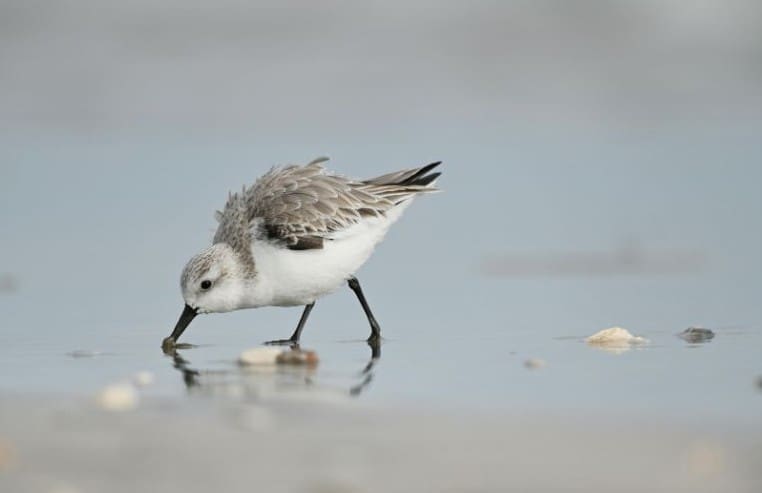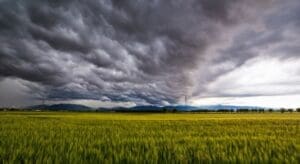Image courtesy Canva
The Piping Plover is a small, endangered shorebird that occasionally passes through Kansas. Joe Gerken, K-State fisheries and aquatics Extension specialist, says this rare bird prefers to walk along shorelines and open areas near water.
“As their name implies, they like to be near bodies of water, open areas. There are actually some that live in grasslands,” said Gerken.
He explains the unique features of the Piping Plover and its connection to Kansas landscapes. These endangered shorebirds have gray backs, white bellies, yellow legs, and a dark band around their necks. Their populations have dropped significantly, placing them on the endangered species list.
“There’s recently been one spotted in Kansas, so it’s at Webster State Park, and in Rooks County, which is just north of Hays. On the beach there there’s a confirmed nest. They have the area taped off with caution tape, but you can still go from a safe distance with binoculars and see the piping plover if you’d like to.”
Piping Plovers typically lay four eggs per clutch and mate for life. Their chicks are active soon after hatching and leave the nest quickly. With long beaks, they forage along shorelines for aquatic and terrestrial invertebrates like bugs and worms. This diet supports their survival in wet habitats, where they rely on rich food sources near the water’s edge.













